"Bring flowers of the rarest, bring blossoms the fairest
From garden and woodland and hillside and vale"
So goes the popular Catholic hymn to Mary often asociated with the Marian pilgrimage site of Lourdes. This link between Mary and flowers lies deep in the popular religious consciousness, for the delicate beauty of these flower stands for her femininity, a link that was expressed in the Marian garden.
There are now in England few Marian gardens, sad that this is so in a land where they once thrived, but the mass vandalism of the English Reformation, which saw the now much lamented destruction of ninety five per cent of England's religious art, also occasioned the destruction of religious gardens as the monasteries fell to Henry's tyranny. As Protestantism paid little heed to the Mother of God, most Marian gardens fell into abandonment and ruin and were replaced. Much of what we know about mediaeval Marian gardens comes from European religious art, which depicts Mary with a garden background.
The Marian garden will contain flowers dedicated to Mary, also known as Our Lady,of which there is a wide range. The lily is often associated with Mary, for its white represents puriity, and below you can see the Madonna lily, a plant specifically linked to her. But there is also the rose, which is replete with symbolism. Its beauty is linked to her because she represents the sacred feminine, to which the beauty of flowers gives tribute.Yet the thorns stand for the suffering that she underwent when she witnessed Jesus being crucified, for she had her own cross to bear. In fact she is often lined with plants that have sword-shaped leaves, as lilies do, to represent Simeon's prophecy that sword of sorrow would pierce her heart.[Luke chapter 2.]
Various colours are associated with Mary, including gold and blue, a colour associated with her robe as depicted in religious art. But both colours are in art linked to the incarnation, and are represented by flowers of these shades. One is solidago, golden rod, whose proliferation of small, delicate and golden blossoms testified to her role as the queen of heaven, whom gold behoves. Before the Reformation the gardener/sacristan at Melrose Abbey in Southern Scotland grew the rare blue rosemary in honour of Mary and to adorn the church at her feast days. Snowdrops also were considered symbolic of Mary, for they were white for purity and they mark the coming of spring,just as the message from the angel Gabriel to her at the annunication was the moment at which her devoted yes to God allowed the incarnation to take place.These plants are linked to Candlemas, the old English name for the feast of the purification of Mary after child birth, which takes place on February the Second, an ancient pagan Spring time festival.
Yet the suffering that Mary underwent in her life is sometimes represented by bitter plants. One of these is Artemisia absinthum, wormwood, which reminds us of the pain that she underwent when Jesus was rejected, and also the fact that she was persecuted by is enemies after death to the extent that she had to go to Ephesus, so Christian tradition tells us.


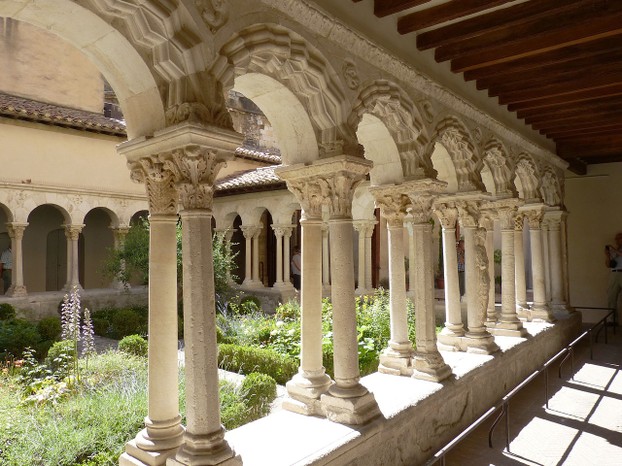
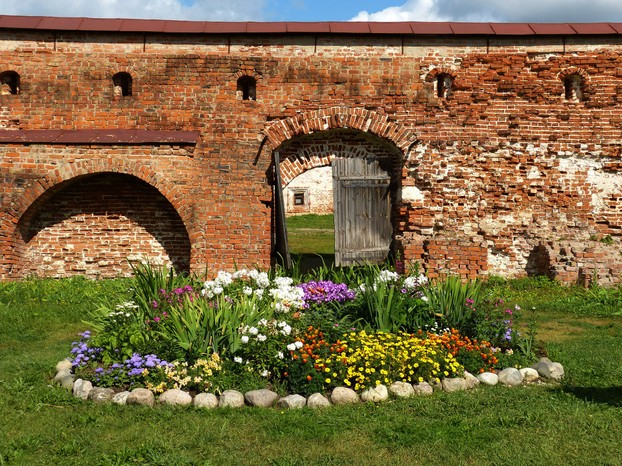



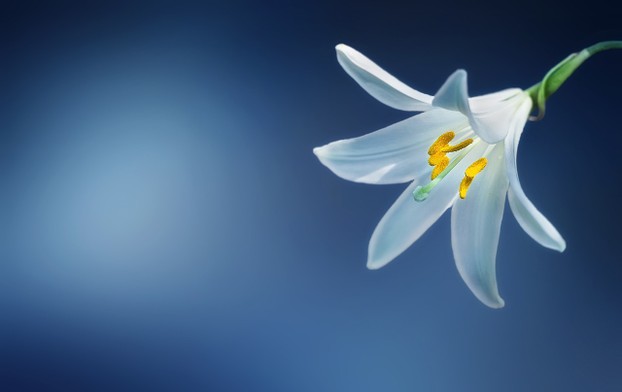
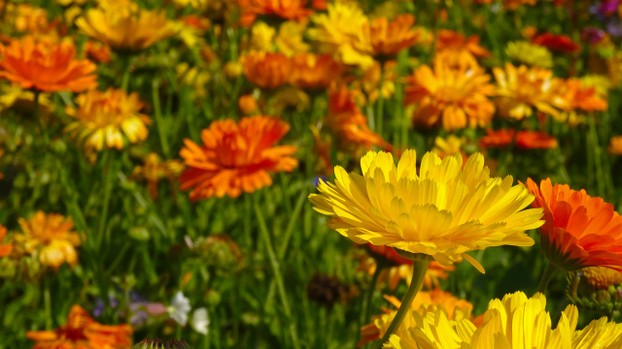
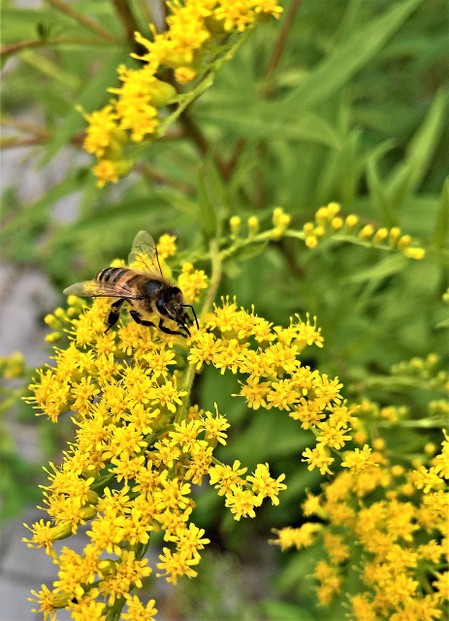
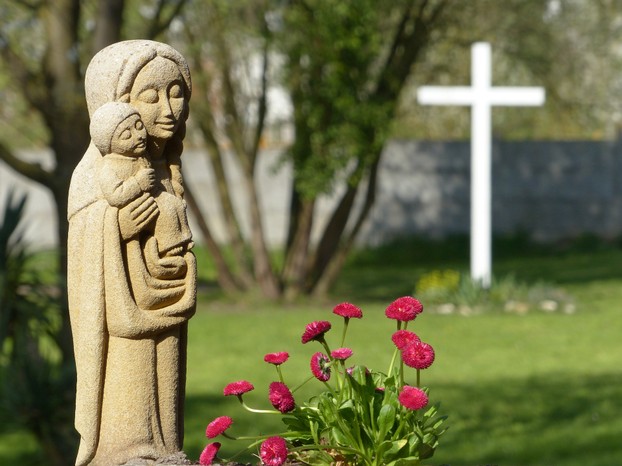




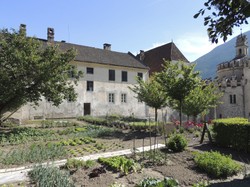

 TheThousand Year Gardenon 11/26/2025
TheThousand Year Gardenon 11/26/2025
 Women of the Gospelson 10/11/2025
Women of the Gospelson 10/11/2025
 Religious Gardenson 08/25/2025
Religious Gardenson 08/25/2025
 Doctor of the Church: John Henry Newmanon 08/03/2025
Doctor of the Church: John Henry Newmanon 08/03/2025

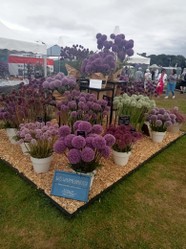
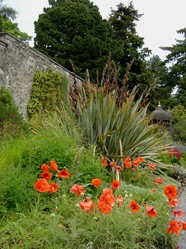
Comments
Very positive.
The children at church organise the mini Mary garden at church. Members of the community bring in plants, statues and icons. The children arrange everything to their desire. It is always a very special thing each May.
Yes.
Thanks.
I do the Children's liturgy and the Mary garden every year is tiny. Last year, it was twice the size. This year 3 times the usual size.
I was wondering how to develop it but the idea of a grotto walk through Mary s life is beautiful and has inspired me for next May.
Ty for your kind words.
Thank you to Frank and Veronica for the comments below in answer to previous observations and questions about Our Lady Mary-colored gardens.
The Church is fortunate to have you, Veronica, organizing the yearly Mary Garden. It must be among the beautiful-est in the British Isles.
And this year will have Big Brother inputs to Little Sister about well-water pots with perhaps blue- and gold-flowering, foliaging, fruiting plants!
(Would it be OK for me to wend some blue and gold flowers into some water pots as a mini-Marian garden among the counter- and windowsill-gardening that works as my no-bend, no up-and-down gardening these days?)
Frank. What is that ? Tell me
A neglected part of Mary's life was fetching water from the well. How about including some potsvfor containing water? Maybe have some flowers in the pots.
Frank
I organise the Mary Garden for church each year and you have given me some interesting ideas.
ESPECIALLY, putting some features of her life into it. Watch this space.
Frank
I organise the Mary Garden for church each year and you have given me some interesting ideas.
ESPECIALLY, putting some features of her life into it. Watch this space.